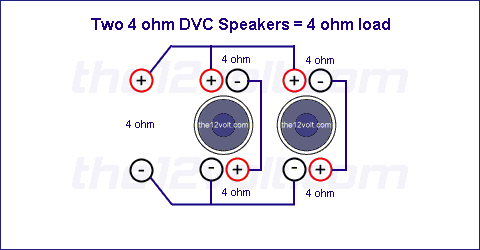Posted: August 05, 2005 at 5:35 PM / IP Logged
Posted: August 05, 2005 at 5:58 PM / IP Logged
Posted: August 05, 2005 at 6:32 PM / IP Logged
Posted: August 05, 2005 at 6:40 PM / IP Logged
Posted: August 05, 2005 at 6:48 PM / IP Logged
dwarren
Platinum - Nominee -
Posts: 1,811
Joined: December 03, 2004
Location: California, United States
Posted: August 05, 2005 at 6:51 PM / IP Logged
Posted: August 05, 2005 at 6:57 PM / IP Logged
Posted: August 05, 2005 at 7:11 PM / IP Logged
Posted: August 05, 2005 at 7:25 PM / IP Logged
Posted: August 05, 2005 at 9:55 PM / IP Logged
 Printable version
Printable version


| You cannot post new topics in this forum You cannot reply to topics in this forum You cannot delete your posts in this forum You cannot edit your posts in this forum You cannot create polls in this forum You cannot vote in polls in this forum |

| Search the12volt.com |
Follow the12volt.com 
Sunday, January 11, 2026 • Copyright © 1999-2026 the12volt.com, All Rights Reserved • Privacy Policy & Use of Cookies


Sunday, January 11, 2026 • Copyright © 1999-2026 the12volt.com, All Rights Reserved • Privacy Policy & Use of Cookies
Disclaimer:
*All information on this site ( the12volt.com ) is provided "as is" without any warranty of any kind, either expressed or implied, including but not limited to fitness for a particular use. Any user assumes the entire risk as to the accuracy and use of this information. Please
verify all wire colors and diagrams before applying any information.















 I had too much higher math clouding my brain...
I had too much higher math clouding my brain...